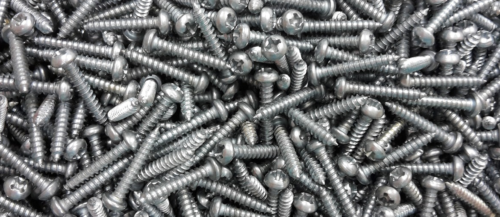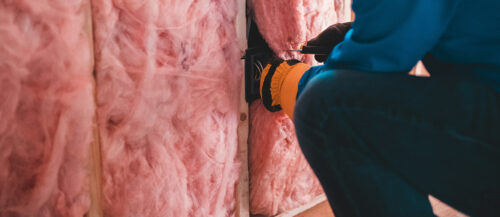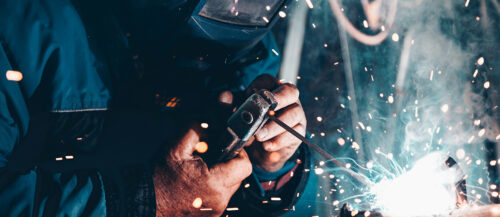On our website, you’ll have noticed that some of the many different types of steel fixings and fastenings we supply are available to purchase in different ‘grades’ of metal. To the newcomer, it can all be a bit confusing so here is our quick guide to the similarities and differences between two of the most popularly-used grades: 304 and 316.
Just to keep things confusing, if you see ‘A2’, '1.4301' or 'AISI 304' then that means Grade 304. If it’s '1.4401', 'A4' or 'AISI 316' then you’ve got Grade 316. Got it? But when you use our website, we will keep it simple and refer to it by its Grade number: 304 or 316.
With that out of the way, we turn to the grades themselves and what they mean. Grade 304 stainless steel has around 18% chromium and 8% nickel added to the mix. It’s low in carbon which makes it more versatile and for this reason it;s the most common grade you’ll find. Resistant to oxidising rust and corrosion, it exhibits good all-round durability and can be given a variety of practical finishes.
Grade 316 has less chromium but more nickel, 16% and 10% respectively. There’s also a 2% pinch of molybdenum added and the lot together gives even more resistance to the effects of corrosion, increasing its durability and making it the ideal choice for prolonged outdoor exposure. It’s easier to fabricate, clean and finish and also to weld with; all of these qualities mean that it carries a higher initial cost outlay but can save greatly in the long term.
To look at the two side by side, someone not in the trade would struggle to tell one from the other. The same process is used to polish both grades and a material test report is really the only way to tell on immediate inspection.





